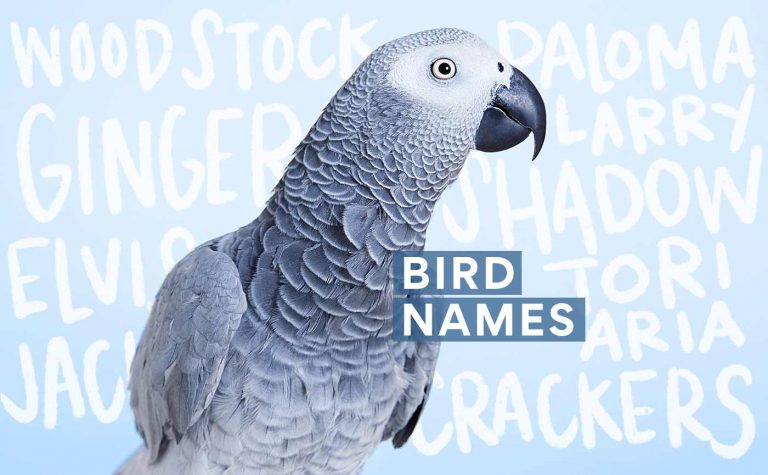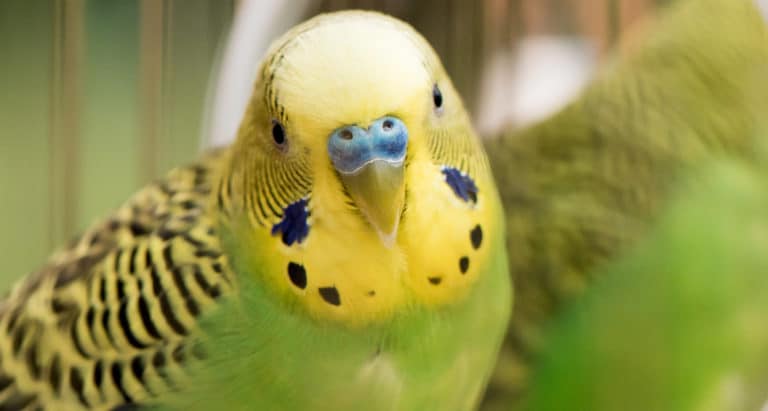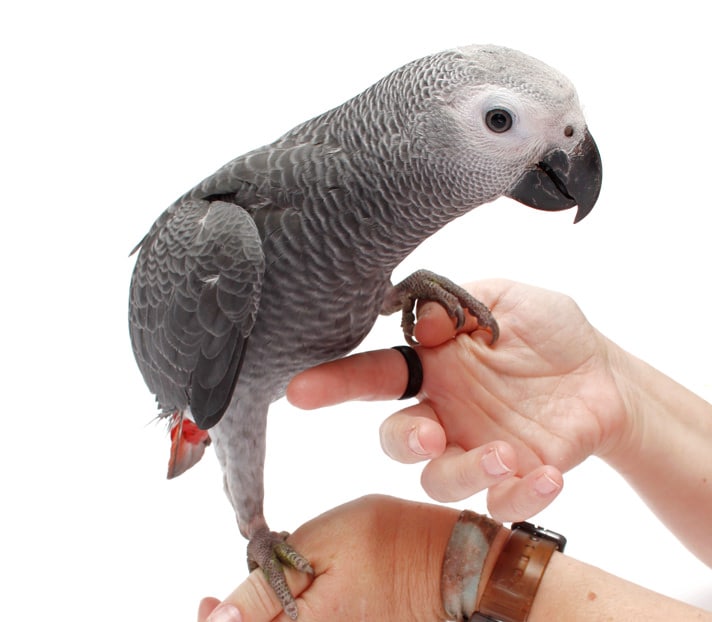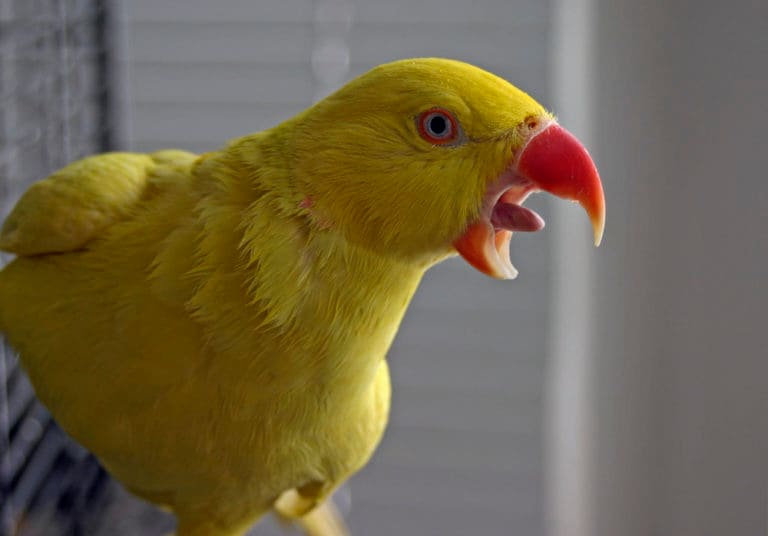It seems most of us are fairly predictable when it comes to keeping a pet canary; we get one and are soon thinking of getting another. “Just one, to keep him company,” we say, wanting the best for this tiny enchanting creature that has generally managed to wriggle his little feathered way into our affections much faster than we’d expected. By then, the next question seems almost inevitable: “Can canaries share cages?”
During the late summer, fall, and most of the winter, it is possible for some male canaries to share a cage relatively amicably. But no matter how well they get along, only the more dominant canaries situation. You will get a little more song in a large shared-cage than a smaller one, but not as much song if each canary has his own well-defined territory.
If you got your canaries at a young age, say, 6 months or so old, the gender will be uncertain since, with very little exception, it’s impossible to accurately tell the gender of a young canary until it is both physically mature and in full breeding condition. Even song is not a reliable indicator, as some canary hens can sing fairly well. A smaller sub-group of singing canary hens even exists that can sing every bit as well as most male canaries, and better than some!
Canary Troubles
During winter, a gender-mixed grouping is more likely to get along better than a group of all males, but no matter what the actual genders, trouble can easily happen when the days get longer, and the canaries start preparing for breeding season. Sometimes everything goes smoothly, but more often than not, canaries in the same cage come into breeding condition at different times, and the canary that is in “higher” breeding condition almost always harasses the canary (or canaries) that are not.
Given these facts, what many of us who have had plenty of experience keeping multiple canaries will do — knowing both the benefits of the canaries of being able to fly and the potential for trouble when canaries are housed in groups (especially during the breeding season) — is keep our canaries in flight cages during the summer molt. We keep the canaries in flight cages through the fall and early winter until mid-winter or so, when the males especially begin to get more antagonistic. At this point the canaries are separated into individual cages for the rest of the spring and early summer.
Once midsummer has come and , and the summer molt is well underway for each canary, ensuring that they won’t have a lot of spare energy to spend harassing each other, they can usually be returned to the flight cage for the rest of the year. Not always — some adult male canaries seem to live just to pick fights.
What it adds up to, is that the odds are greatly against keeping any group of canaries in a cage successfully all year round, especially when multiple male canaries are involved. Younger male canaries are more likely to get along with each other than adults, but some male canaries, once adult, never willingly share a cage with another male canaries, while others don’t seem to mind and a few even happily socialize.
But male canaries that fit into the latter group are quite rare, and often the more pugnacious males tend to be among the best and most constant singers, and so definitely benefit from having a clear territory to call their own, which encourages song.
To Each Their Own Canary Cage
I have seen some set ups where the canaries had individual areas opening off a large shared flight area, which actually did work reasonably well. They were rather a nuisance to set up and clean, though, and setting up such a jury-rigged arrangement to allow easy access to all areas for easy cleaning and servicing is none too simple. Many such designs involve putting cage doors together and cutting some small access — pop-holes — into the sides of two adjacent bird cages.
If you can manage such an arrangement, it might work with your canaries, too; results vary depending on the personalities of the individual canaries involved. But this kind of a set-up has a better chance of working than most, because given the chance to claim a distinct territory of his own, most male canaries will choose one and stake it out for their own.
As long as this “owned” territory is clearly separated, many males have no problem with amicably sharing a common feeding-and-foraging area with the rest of the birds in the aviary. Even then though, there is usually be a fair bit of squabbling among the males, and in most cases you will hear less song than you would if the canaries were caged separately.
Once breeding season approaches, everything changes. This is the season (late winter until early summer) when it can be actually dangerous to keep two canaries in the same cage, with one exception; you have a true pair, and both were in full breeding condition before being allowed to share a cage.
Successful breeding of your canaries is a complex affair, and there’s no room to go into it here. Suffice it to say, that if you have more than one canary and aren’t planning to breed, don’t plan on being able to keep your canaries together during the late winter through until early summer or so, no matter what gender they are.
Within a few weeks after the passing of midsummer’s day, most canaries will stop trying to breed and will instead begin their annual molt. Once the molt is underway, there is a lot less energy to spare for squabbling, and most canaries will again be able to share a large flight or aviary reasonably well.
The real answer to the question of whether or not canaries can successfully share a cage is, it depends: on the canaries, on the situation, the time of year and, most importantly, on the time the bird keeper is willing to devote to his or her canaries.
By: Robirda McDonald
Featured Image: Via iStock.com/ckarlie
Share:









